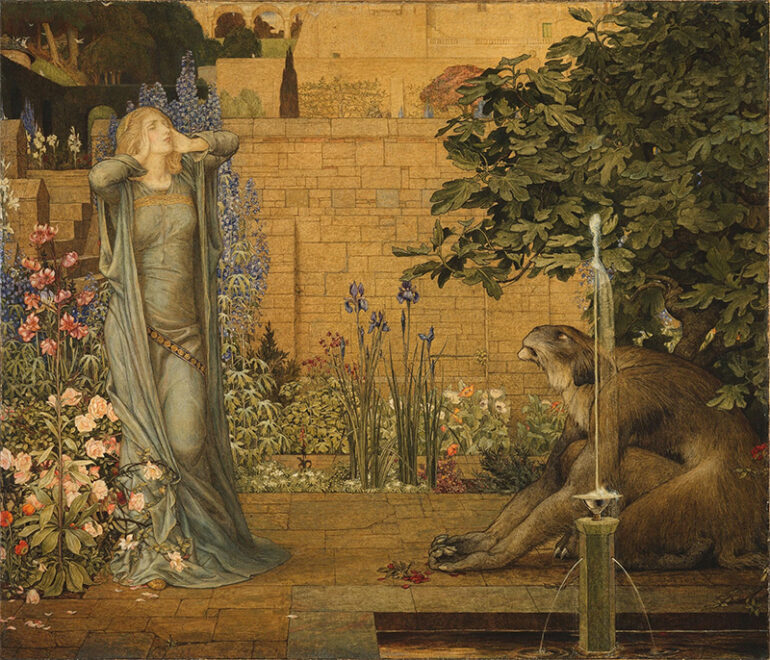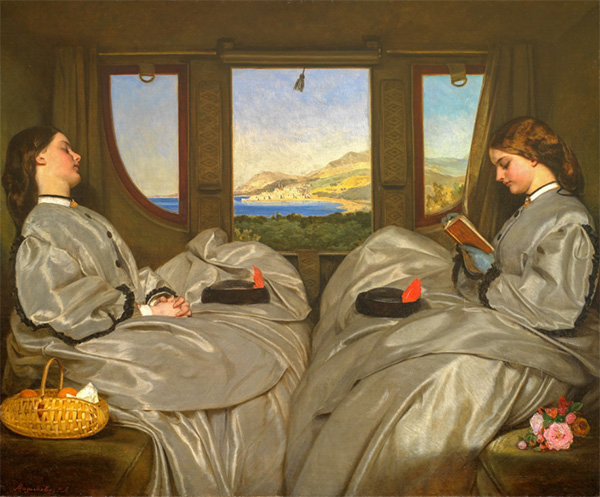In figurative painting, symbolism goes beyond simple portrayal to provide a rich study of human emotions and experiences. Visual metaphors help artists to establish a conversation that lets viewers explore their own emotions and interpretations. This deep interaction between image and emotion not only improves the viewer’s relationship to the artwork but also highlights the universal themes of love, suffering, and pleasure that appeal across civilizations and time. Under this prism, art becomes a potent tool for comprehending the complexity of the human situation, therefore fostering empathy and introspection.
The Power of Symbolism
In figurative painting, symbolism provides a great means for emotional expression since it lets artists communicate difficult concepts and emotions by visual analogies. From color selections to particular artifacts, every aspect has complex meanings that viewers can personally relate to. A single figure can, for example, inspire ideas of solitude, yet vivid colors might represent happiness or conflict. This interaction of picture and interpretation enables viewers to participate actively, therefore encouraging introspection and emotional connection. Artists use symbolism to produce a complex tapestry of human experience by transcending literal representation, so allowing viewers to investigate their own meanings and feelings.
Evoking Empathy through Imagery
In figurative painting, imagery has the amazing power to inspire empathy and transport viewers into the emotional terrain of the subjects shown. Artists frequently show universally relevant human events including love, loss, and suffering. Figures’ gestures and expressions help viewers to viscerally relate to the shown emotions by capturing minute variations of experience. By means of deliberate composition and meticulous attention to detail, these artworks build a link between the observer and the subject, therefore promoting a shared humanity. This emotional involvement promotes knowledge and introspection, therefore transforming the experience of seeing art into one quite personal and powerful.
Expressing Inner Turmoil and Joy
For artists to portray the complexity of human emotions—from great inner conflict to exuberant joy—figurative painting is a potent vehicle. Artists could capture the duality of the human experience by means of dynamic brushstrokes, opposing hues, and expressive forms. While harmonic compositions might inspire tranquility and happiness, a chaotic composition might mirror emotions of fear or hopelessness. This capacity to express opposing emotions inspires viewers to investigate their own emotions, therefore fostering a closer knowledge of the subtleties of life. Every item turns into a mirror reflecting the challenges and victories of the human existence.
The Intersection of Art and Emotion
Emotion and art are entwined closely; figurative painting is evidence of this great bond. Every color choice and brushstroke captures the emotional condition of the artist, turning intimate emotions into visually appealing stories for viewers. Usually reflecting their own life events, this link lets viewers go through a range of emotions. For the artist, the act of creation becomes a therapeutic process; the completed product invites emotional interaction and interpretation from anyone who come across it. This synergy emphasizes the transforming power of art by helping one to appreciate the shared human experience as well as the artistic process.
The study of symbolism and emotional depth in figurative painting finally emphasizes the close relationship between art and the human experience. These works of art go beyond simple visual depiction by allowing spectators to explore their own emotions and interpretations, therefore encouraging a discussion on several levels. This dynamic interaction not only clarifies the complexity of emotion for the audience but also supports the ageless relevance of art as a tool for both individual and group meditation. From this perspective, figurative painting becomes not only a means of expression but also a necessary link between personal experience and a common humanity.
Photo Attribution:
1st & featured image by https://unsplash.com/photos/painting-of-woman-wearing-gray-dress-mXoF55L9s3Q
2nd image by https://unsplash.com/photos/a-painting-of-two-women-in-bed-looking-out-a-window-p00MgXaa6as

